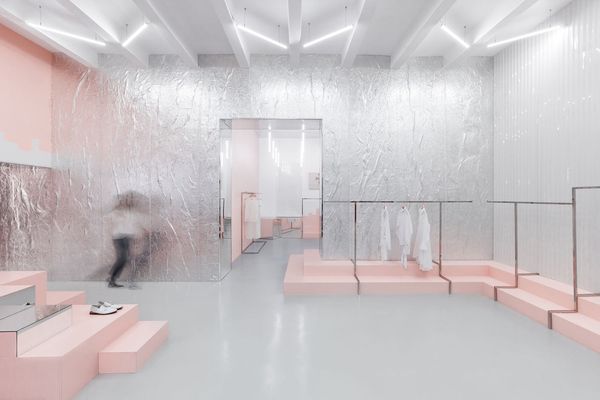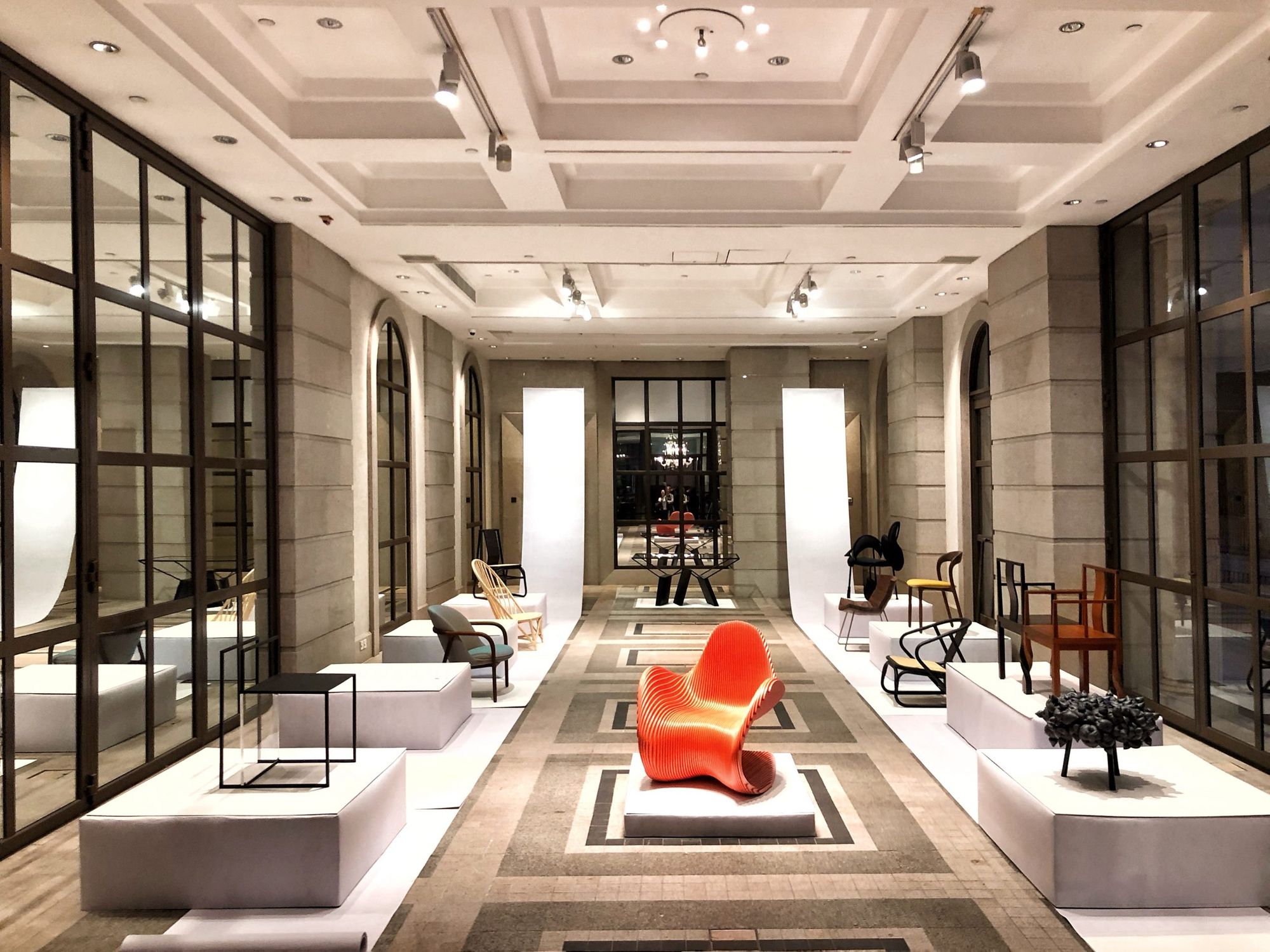Zsófia Ilosvai has been organizing design events for fifteen years, has curated several exhibitions abroad and has been living and working in Hong Kong since 2015. In the city-state, a special administrative region of the People’s Republic of China—usually simply referred to as a city—design is perceived very differently from other parts of the world. As to how exactly, Zsófi explained to us.
You graduated from the Eszterházy Károly Catholic University in Eger with a degree in Communication and Media, and later received a Master of Art degree in Multimedia and Photography from the Visual Art Master course at the Université Paris VIII. How did your journey lead you to Hong Kong?
After my Master’s degree, my husband and I moved to Japan, where we lived for three years. As soon as we arrived, we knew and felt that it was a completely different world from what we were used to in Europe. At first, we felt a sense of wonder and admiration, then slowly we came to learn about this world and how things work here. I read a great deal about the history and culture of Japan and learned the Japanese language. But during this period, in addition to learning about Japan, I also learned that our own culture, our own cultural habits, are just a heritage that becomes part of our personality: the contrast I experienced in Japan was also about putting my own self, my own culture, into a new perspective. It was therefore a life-changing experience. At that time, I was responsible for organizing photography exhibitions as an independent curator, and that’s when I also learned about event management.
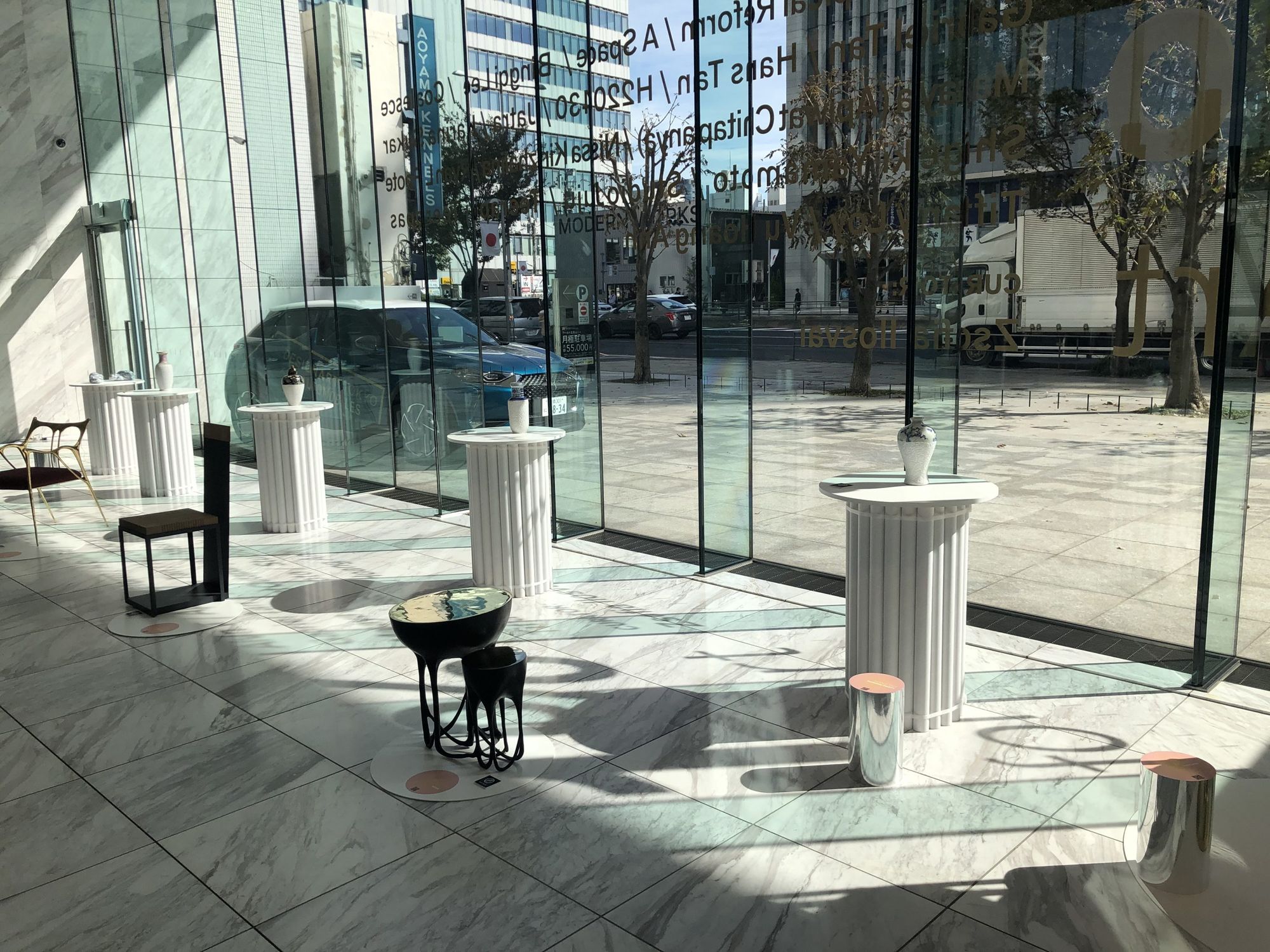
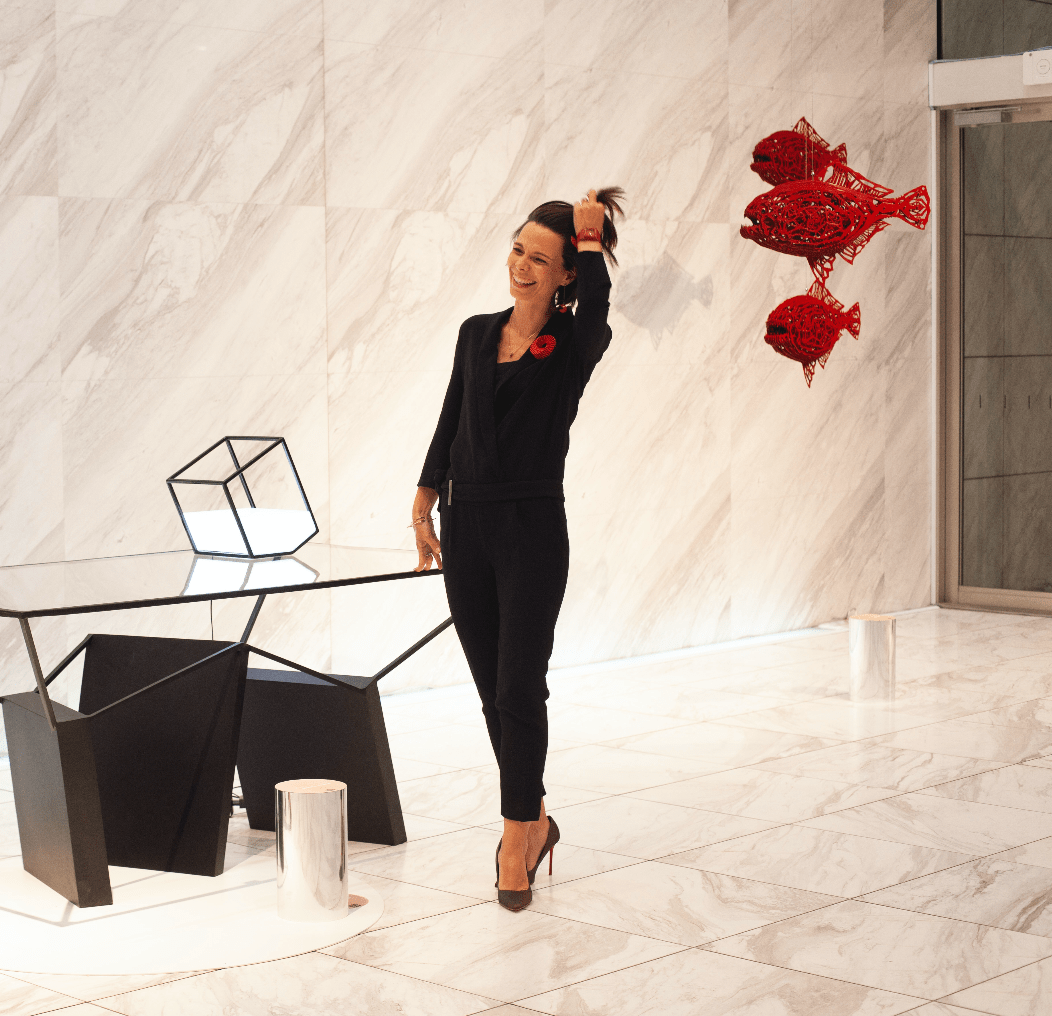
After three years, we returned to France, and that’s when I started to get acquainted with the world of design. I worked as a curator and organizer of international design events for an event management company, where I had the opportunity to collaborate with key cultural institutions around the world, as well as organizing professional exhibitions, panel discussions and residency programs in Paris, Milan and New York.
But we were eager to get back to Asia. By then our children had been born and we had the option of moving to Singapore or Hong Kong. The family and I chose the latter. And, of course, needless to say, Hong Kong is very different from Japan, which we had to get used to again.
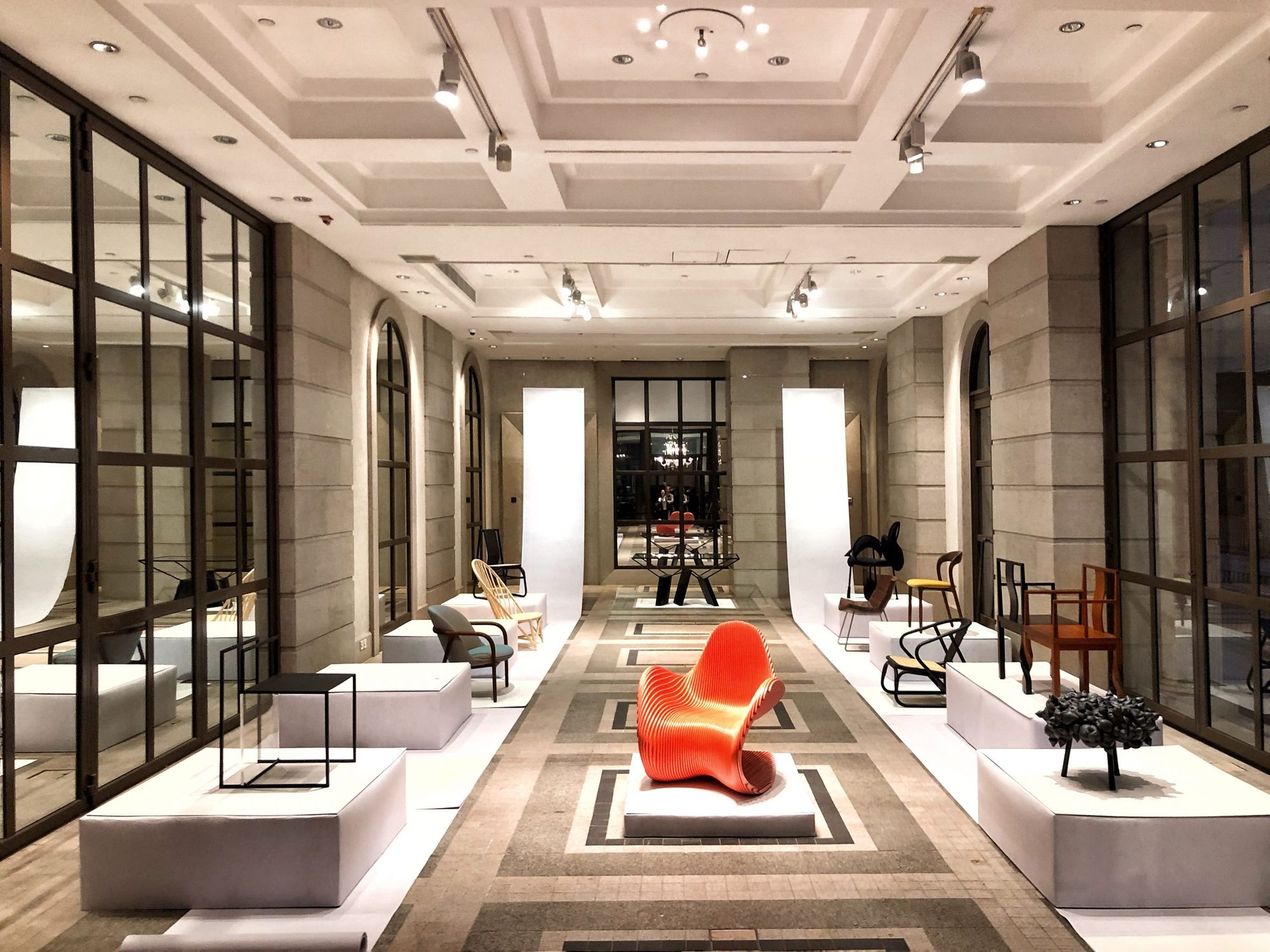
Hong Kong was full of opportunities: it really felt like a big, bustling melting pot, where the presence of different foreign communities can be very inspiring. Unfortunately, with the political situation escalating and the government’s handling of the Covid situation, the atmosphere is now a bit stifling and many young Hong Kongers have started new lives in Canada and the UK because of the gloomy political outlook. They have grown up in a kind of democracy and are not ready to fit into the new world dictated by China.
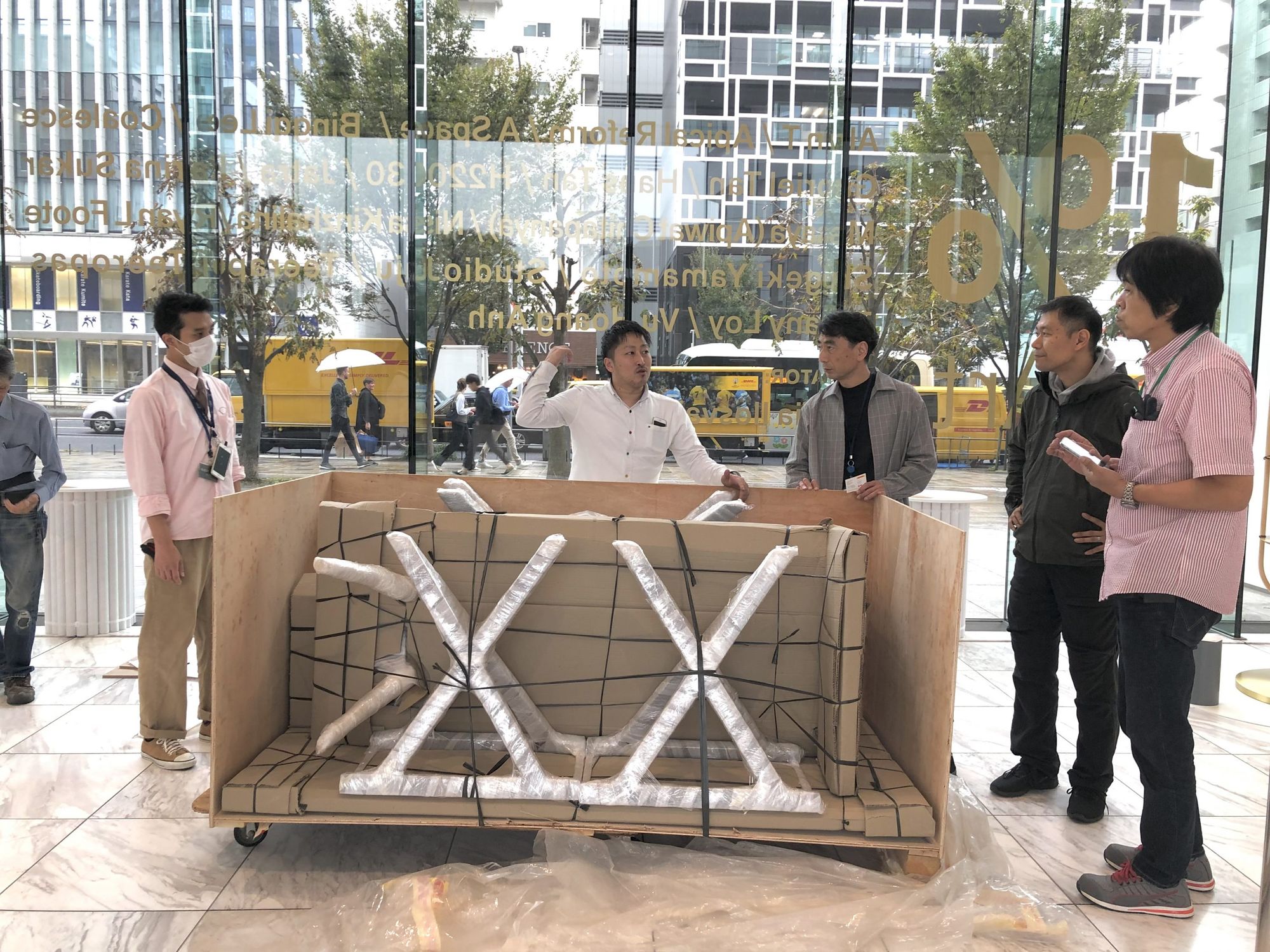
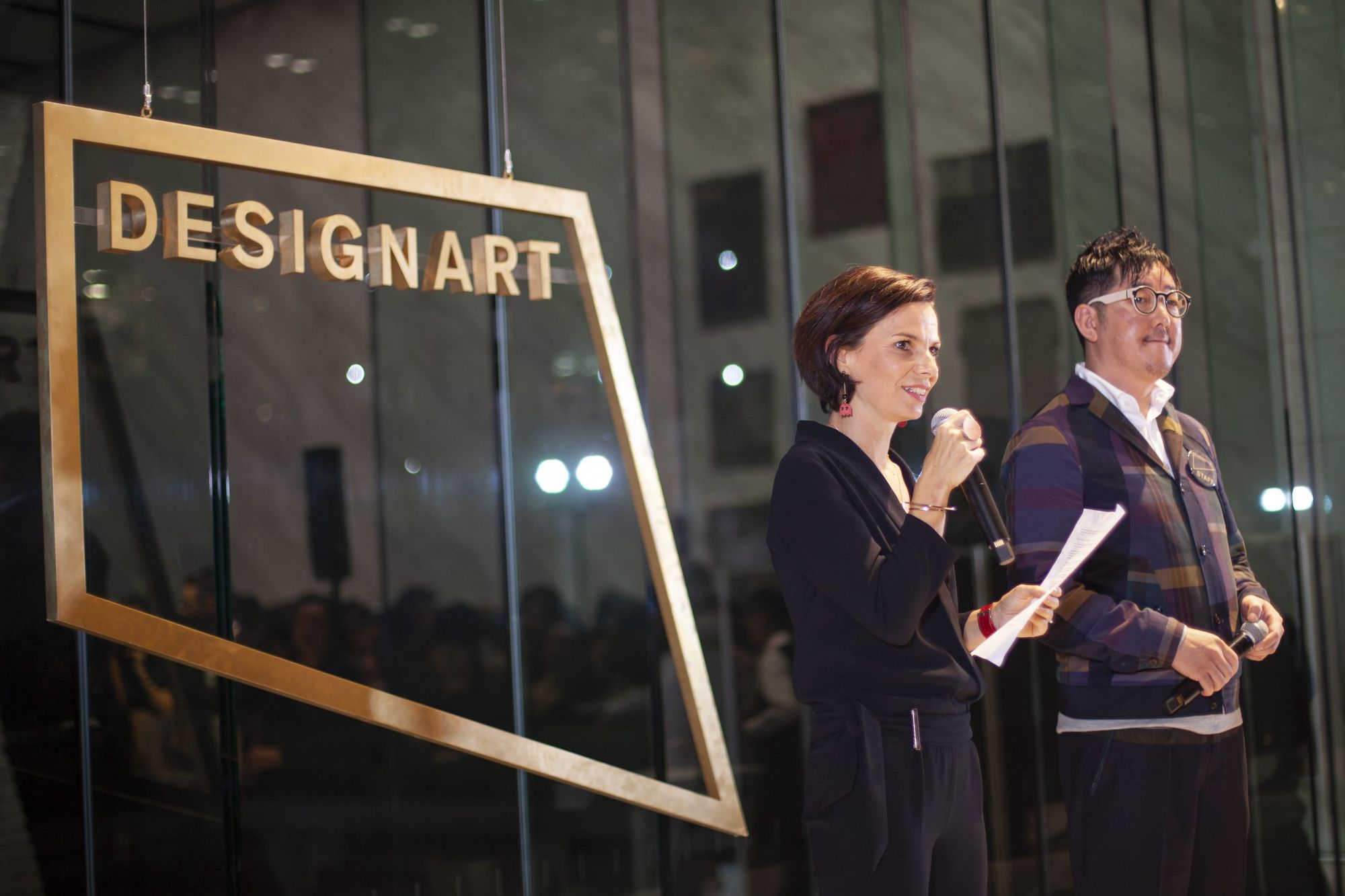
You started your own business, Design Pier, in 2015: managing design events and exhibitions. You organize events not only in China but in many parts of the world, including New York, Singapore and Tokyo. So, after six years, what do you think it took for you to be successful in the international market?
My son Milán was five months old when I founded Design Pier: we had just arrived and I didn’t know anyone in Hong Kong. It was a real flying blind, even though the company model was already based on a solid, well-functioning program. Yet success in the new environment was unpredictable. The very first event was received very positively, and the great advantage of Hong Kong is that networking can be an incredibly efficient and fast process. From the very first exhibition, we were joined as media partners by Home Journal and Design Anthology, two of the region’s most prominent design magazines. That’s how Design Pier took wings and how I started to believe that I had a lot of untapped potential.
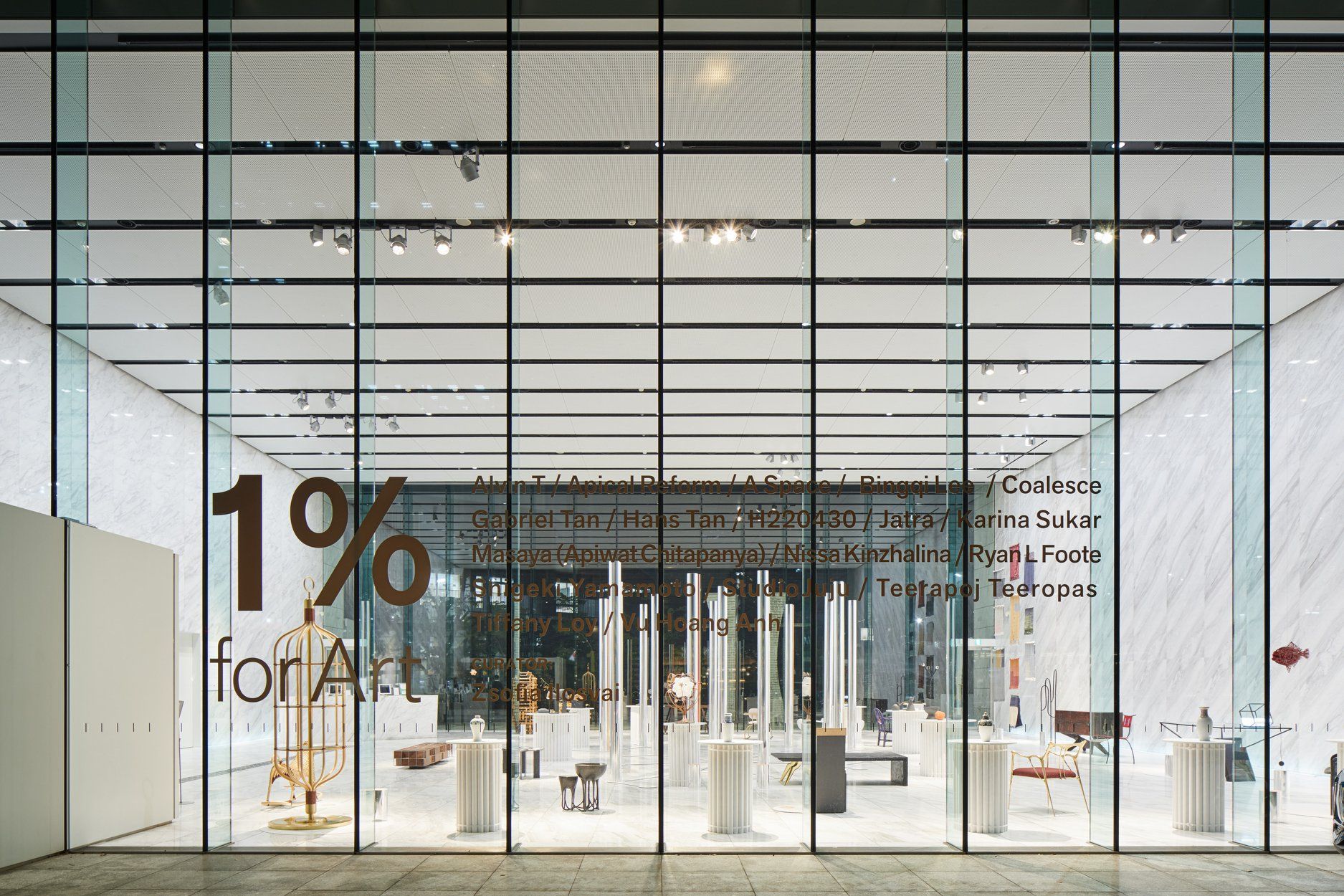
Most of your events showcase the very best of contemporary design, often by Asian designers—most recently in New York you had two exhibitions, one called Japan Ingenious and the other, The Chair, showcasing iconic chairs. Can you tell us a bit about them? What were the guidelines you followed in selecting the works?
In each country, we come up with slightly different exhibitions, taking into account the sensitivities and interests of local audiences. New York is a very niche medium for design. A lot of sharp-eyed collectors, design professionals and journalists visit the exhibitions. Design Pier is a regular partner of the NYCxDESIGN festival, which provides our media presence. One exhibition was held in Brooklyn, the other in Manhattan—two very different mediums, but both were a great success.
Everybody knows a lot about Japanese design and it’s always a very attractive subject, but in New York, we presented a new generation of design that was still unknown there, which brought many surprises to the audience. And in the exhibition exploring the theme of the chair as an iconic design object, we juxtaposed limited edition pieces by famous designers, such as Cini Boeri’s breathtaking Ghost chair in glass (by Fiam Italia) with one-off special pieces from Europe and America.
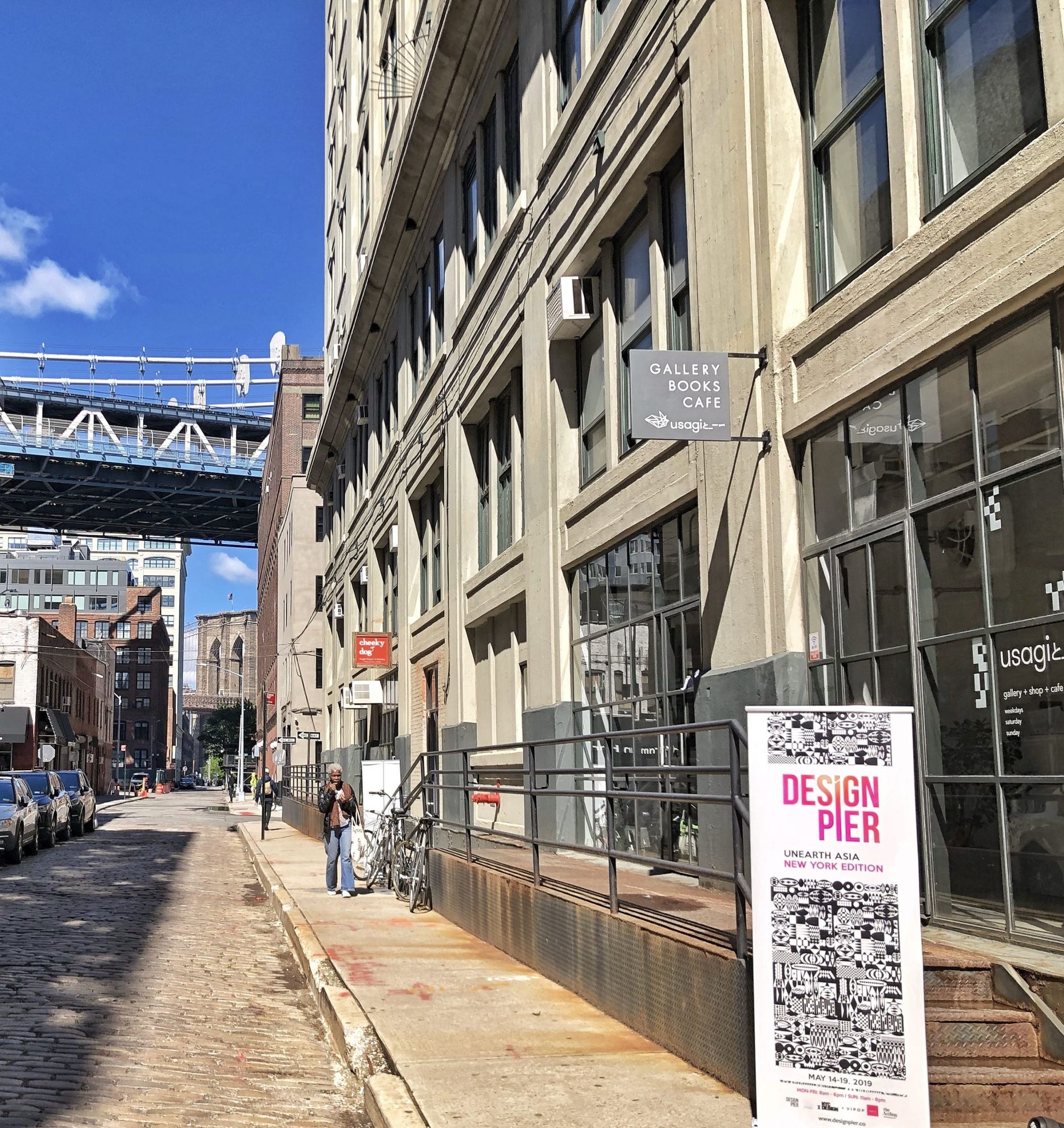

How exactly should we imagine the design ecosystem in Asia, Hong Kong or even the wider China?
In Asia, modernity began with colonialism—or the beginning of the Meiji era in the case of Japan—and accelerated industrialization. This was a drastic paradigm shift without transition, which took different forms depending on who the colonizers were, but they all agreed on one basic characteristic: the old had to be abolished and modernized as effectively as possible in order to catch up. In all Asian countries, this has led to the devaluation of tradition, the demolition of old buildings and the elevation of the new to a modern pedestal.
Hong Kong has been almost completely demolished to make way for efficient, modern, cost-saving or profit-making shopping malls, office blocks and concrete apartment blocks to replace the beautiful colonial buildings. In the 1920s, Dezső Bozóky (ship’s doctor, photographer) took fantastic pictures of a beautiful colonial city, wild and beautiful, blending organically into nature. It is sad to realize that all this beauty no longer exists.
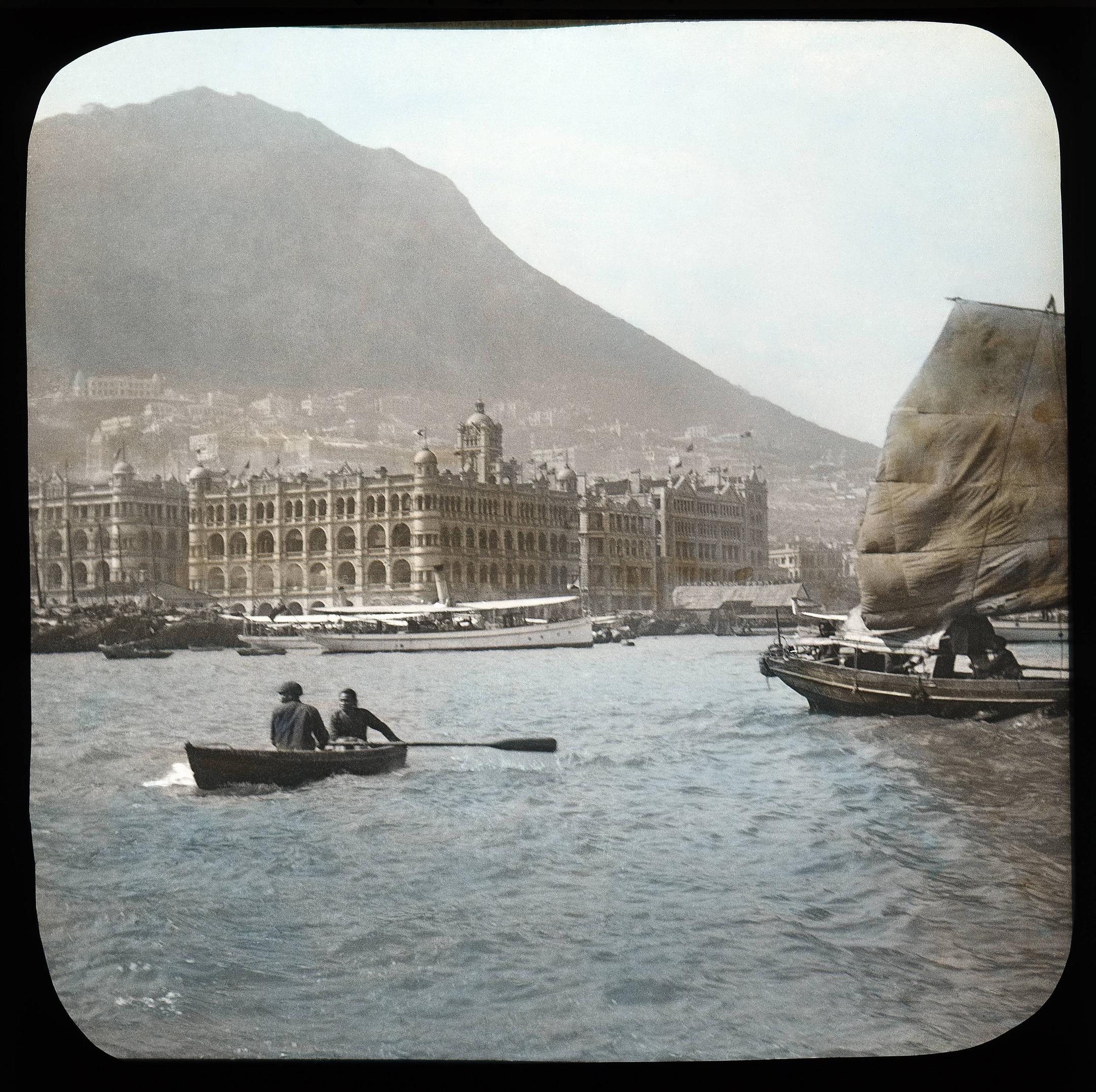
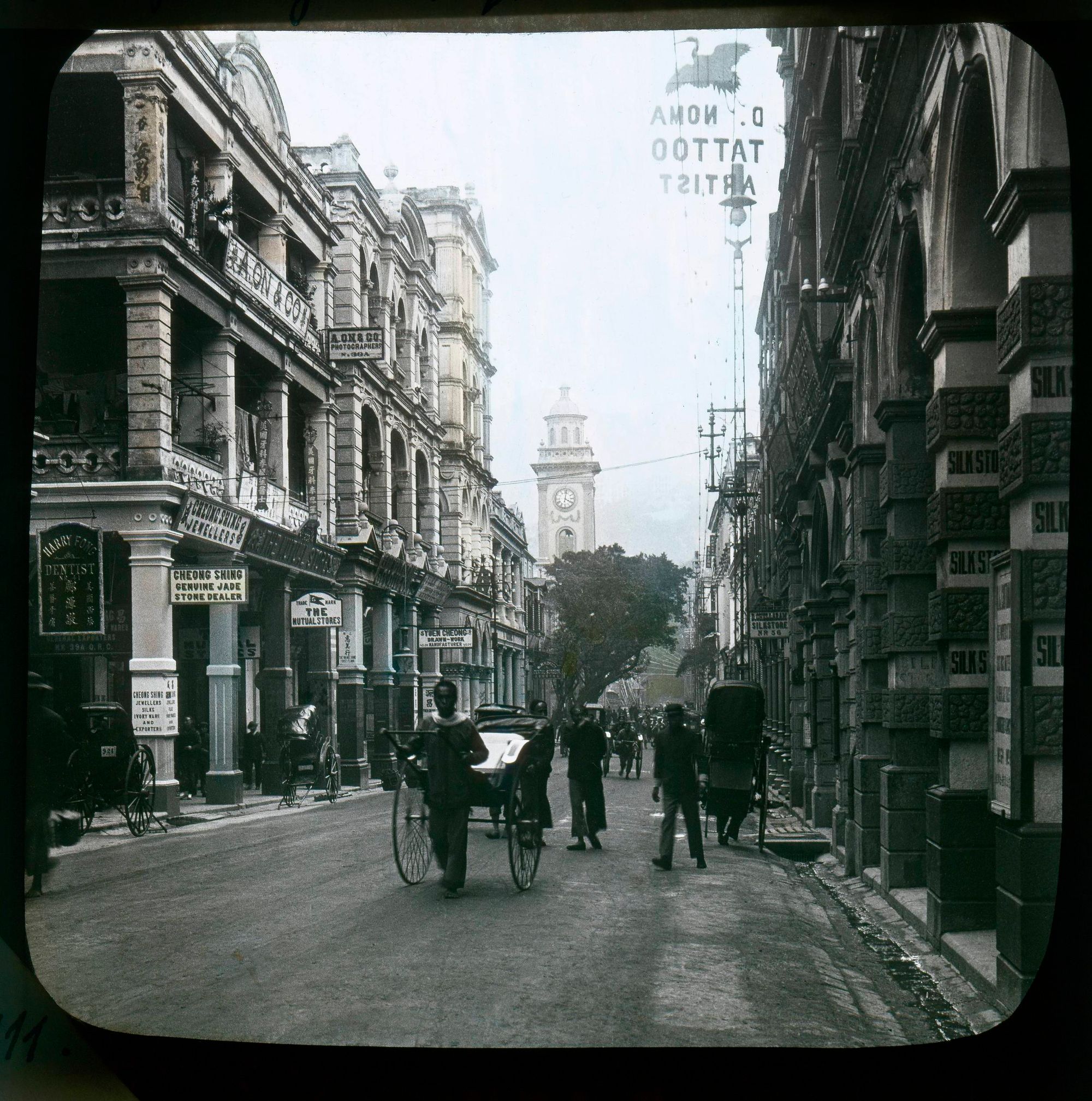
The generation that has grown up in modernity has now begun to see modernization as a loss of their own culture and traditions, and is becoming actively involved in reviving old traditions: there is a growing effort to keep the disappearing crafts alive through design programs, and heritage conservation is now in its heyday in Asia. These issues are very topical.
Japan and Korea experienced this transition much sooner, and their partial isolation and strong traditions allowed a formal, aesthetic and theoretical discourse to emerge much earlier on the harmonious coexistence of tradition and technology.
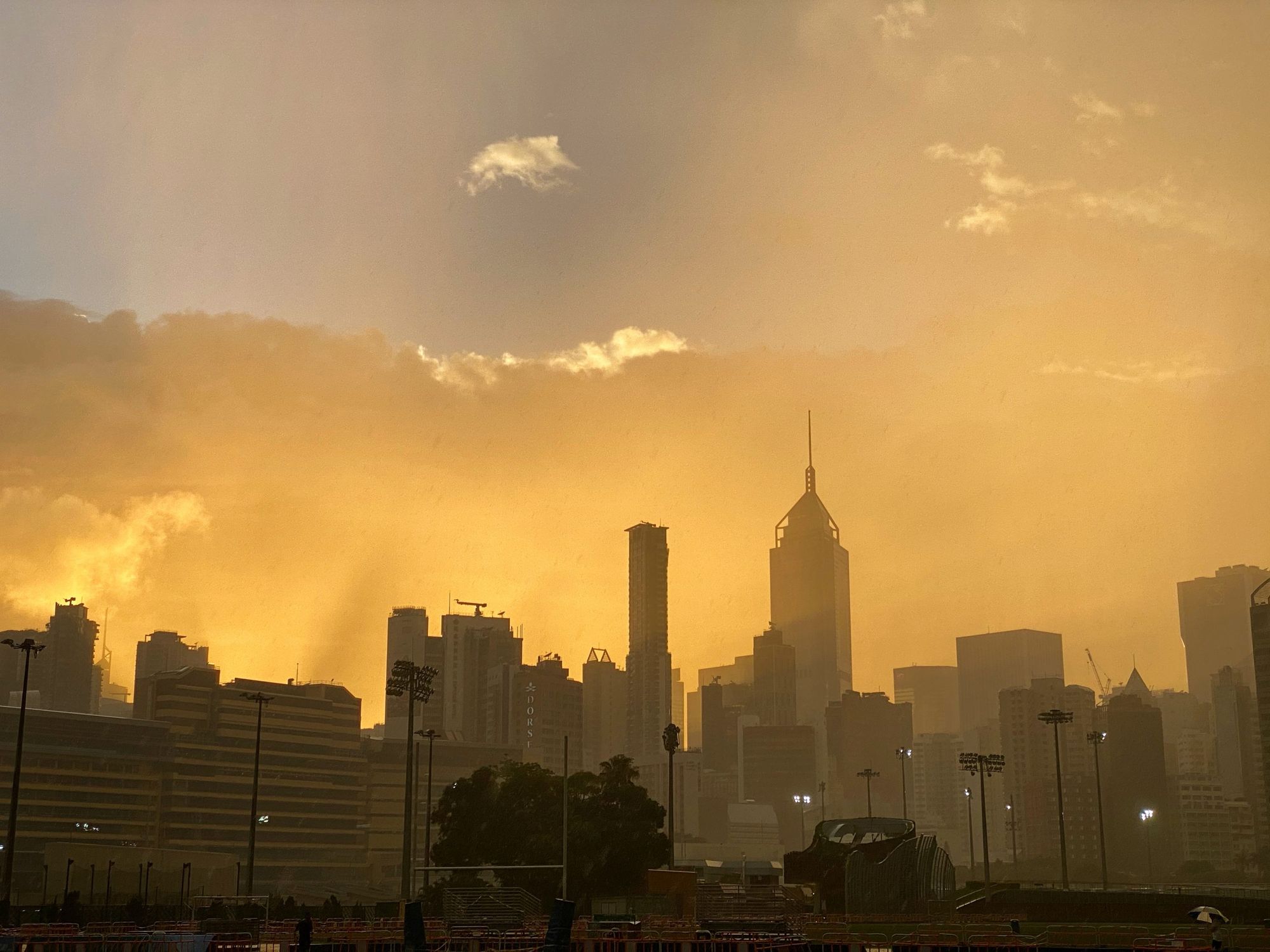
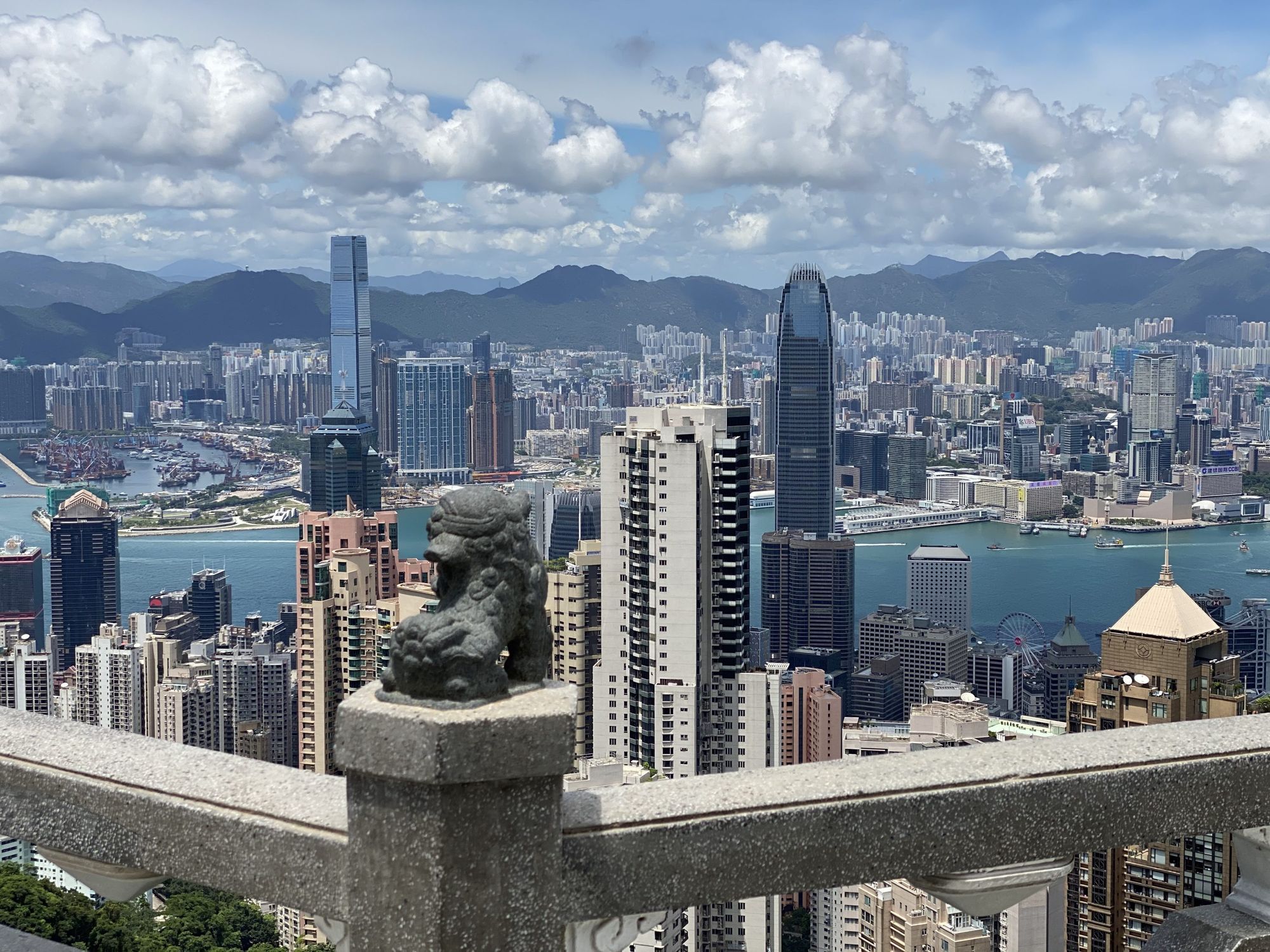
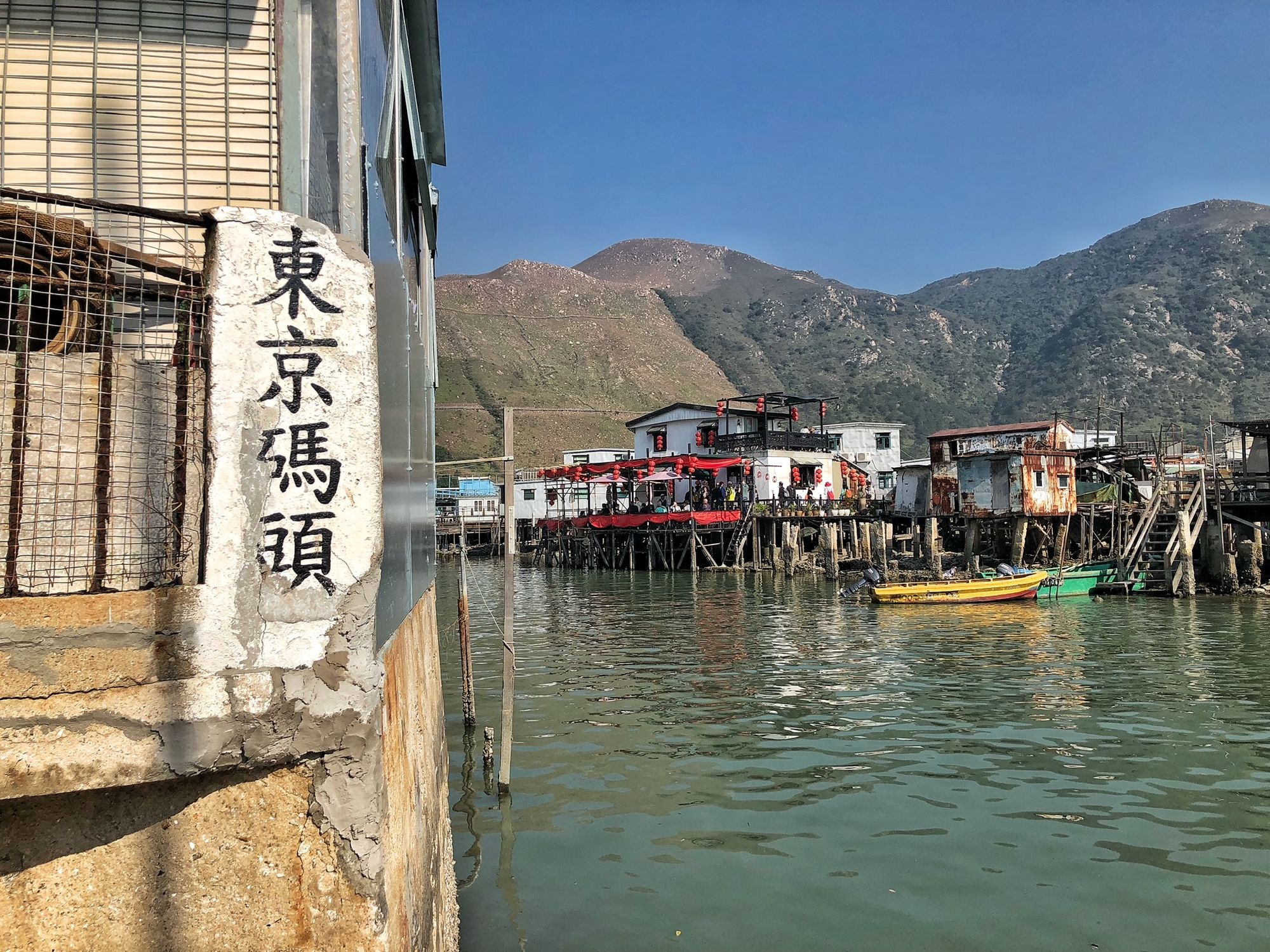
These two countries are undoubtedly Asia’s two design superpowers. China is trying to keep up at a fast pace: they are coming up with fantastic architectural wonders and unique design creations. It won’t take long for them to catch up, and the proliferation of Chinese design institutions, museums and professional exhibitions is a very clear sign of this.
Design Shanghai has become the world’s biggest mass design event, but of course, China currently has a strong isolationist policy and is mainly focused on the domestic market. But the outstanding events like Unique Design Shanghai, or collectible design galleries like Gallery All, Objective Gallery—to name a few—show the direction that it is no longer enough to have a cost-effective, mass-produced design product, but a generation has grown up who are inclined towards real artistic value and uniqueness—China has become very avant-garde.
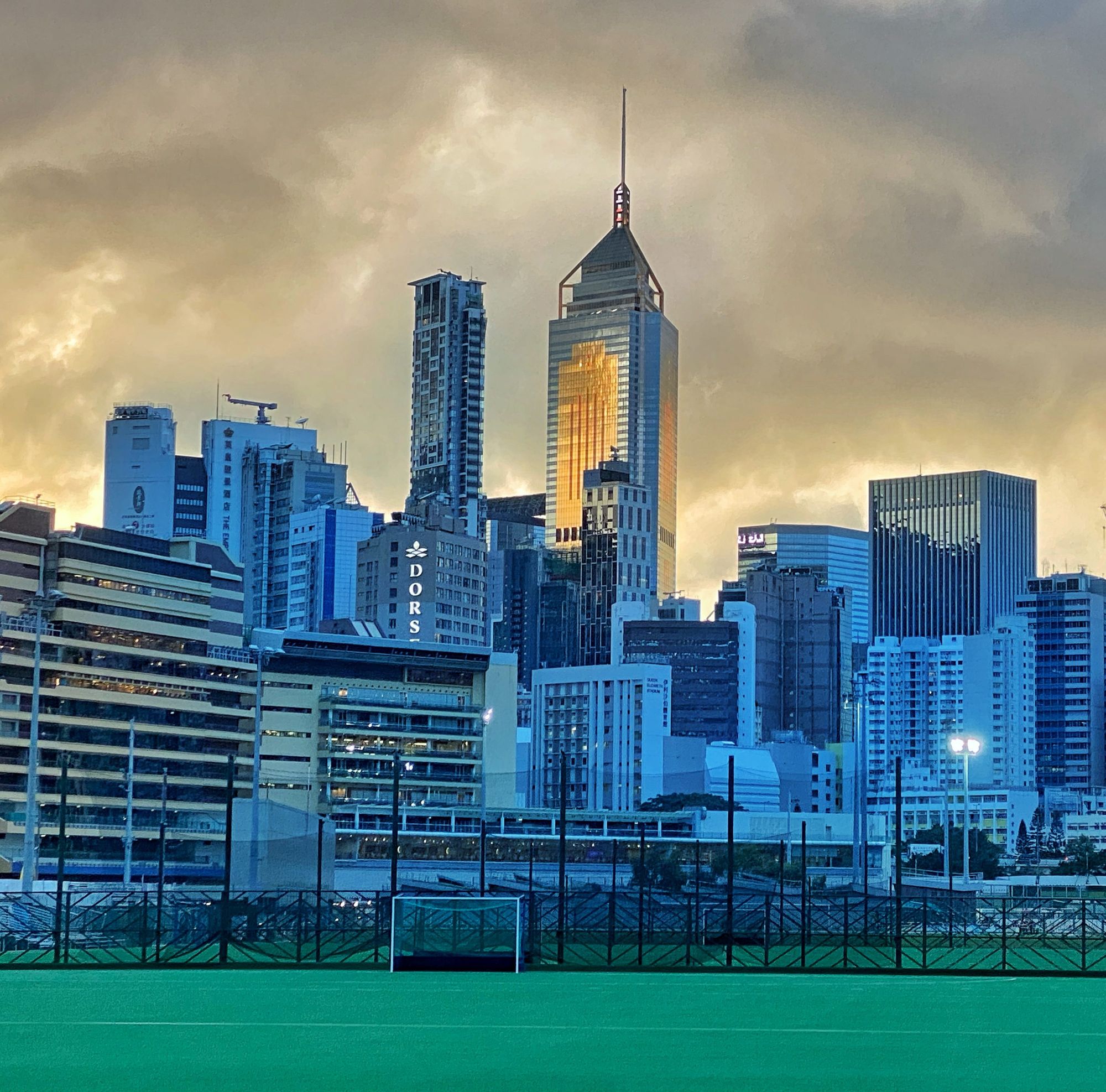

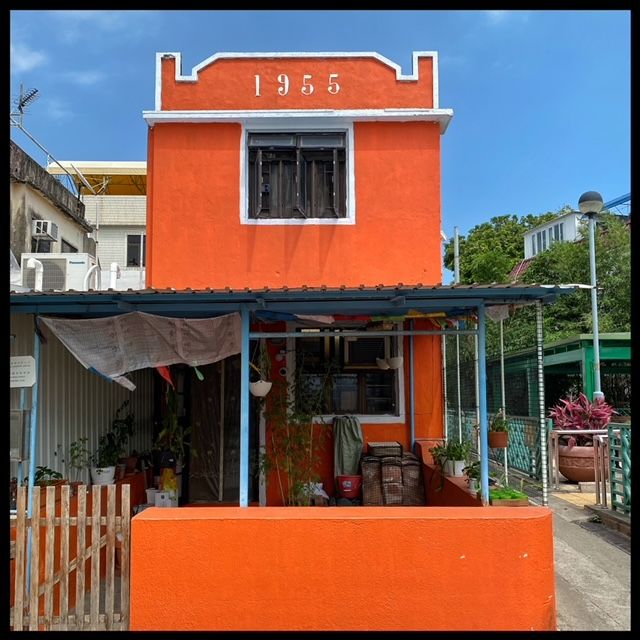
From the Victoria & Albert Museum’s collaboration with the Design Museum in Shenzhen, to the M+ museum in Hong Kong (which has been under construction for years and opened this month), they are all moving in the direction of presenting a Western-style institutional Asian content within their walls.
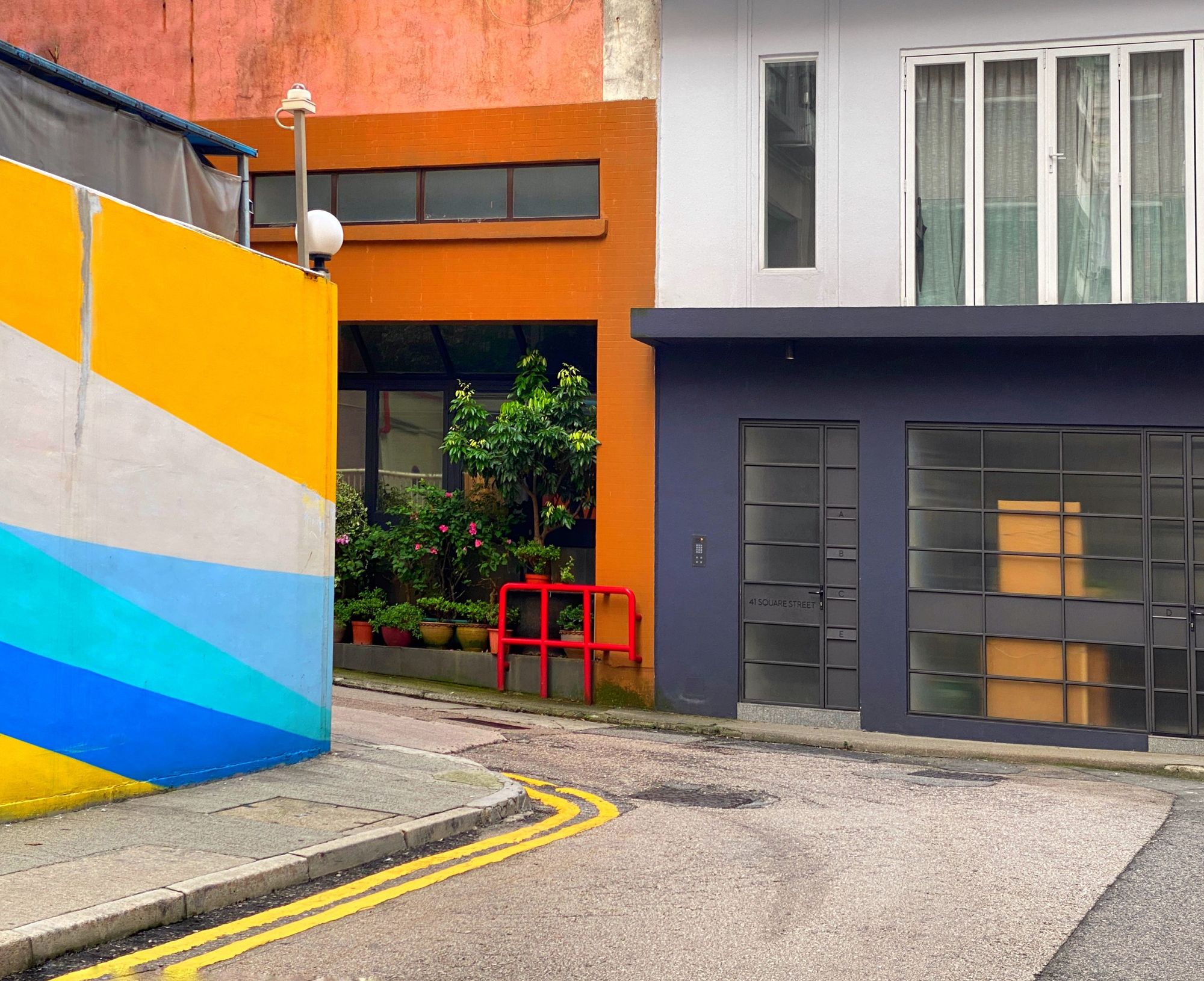
Another major trend is that a large proportion of collectors in Asia are millennials, thus, members of Generation Y—their tastes, communication channels and behaviors need to be understood in order for a gallery to sell art or design objects effectively.
How interested are Chinese designers in European (or even Eastern European) design? Is this medium as exotic to them as Far Eastern culture is to us Europeans?
I think that today the direction of attention has completely reversed. Now the Western world looks at China with awe, and design companies and galleries are doing their best to be present in the market, to be in tune with local trends. And Chinese design is now entering its golden age.
Do you have time to follow European trends?
Of course I keep an eye on all areas. My career started in Paris and Milan, where we exhibited a lot of French, Italian and European designers. It’s also important for me to follow American design because we are also present there—to be successful you need to understand the local ecosystem.
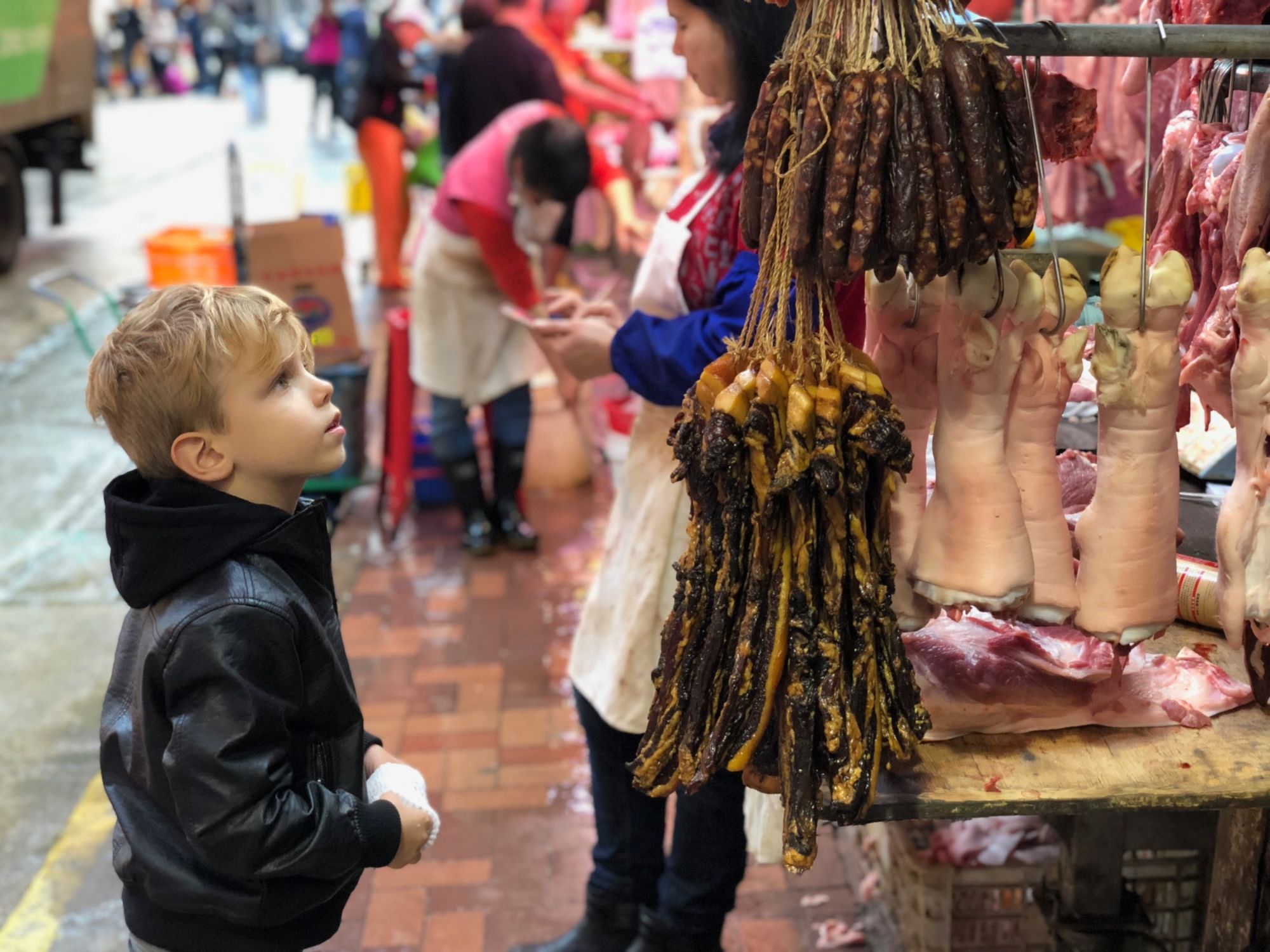
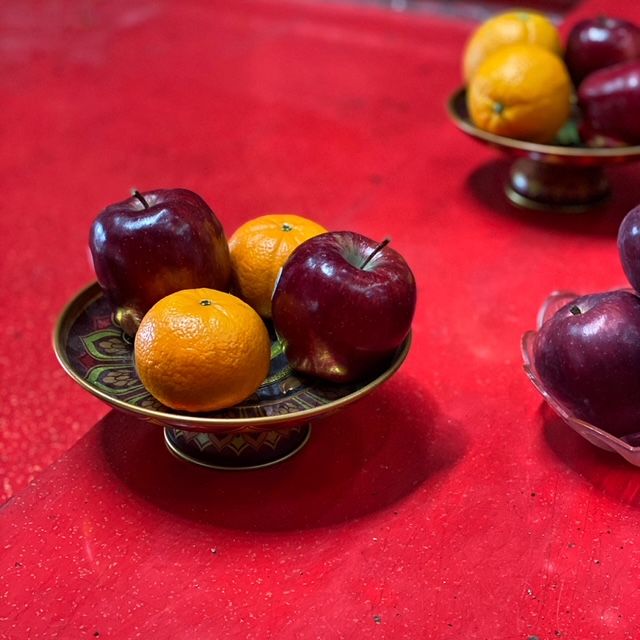
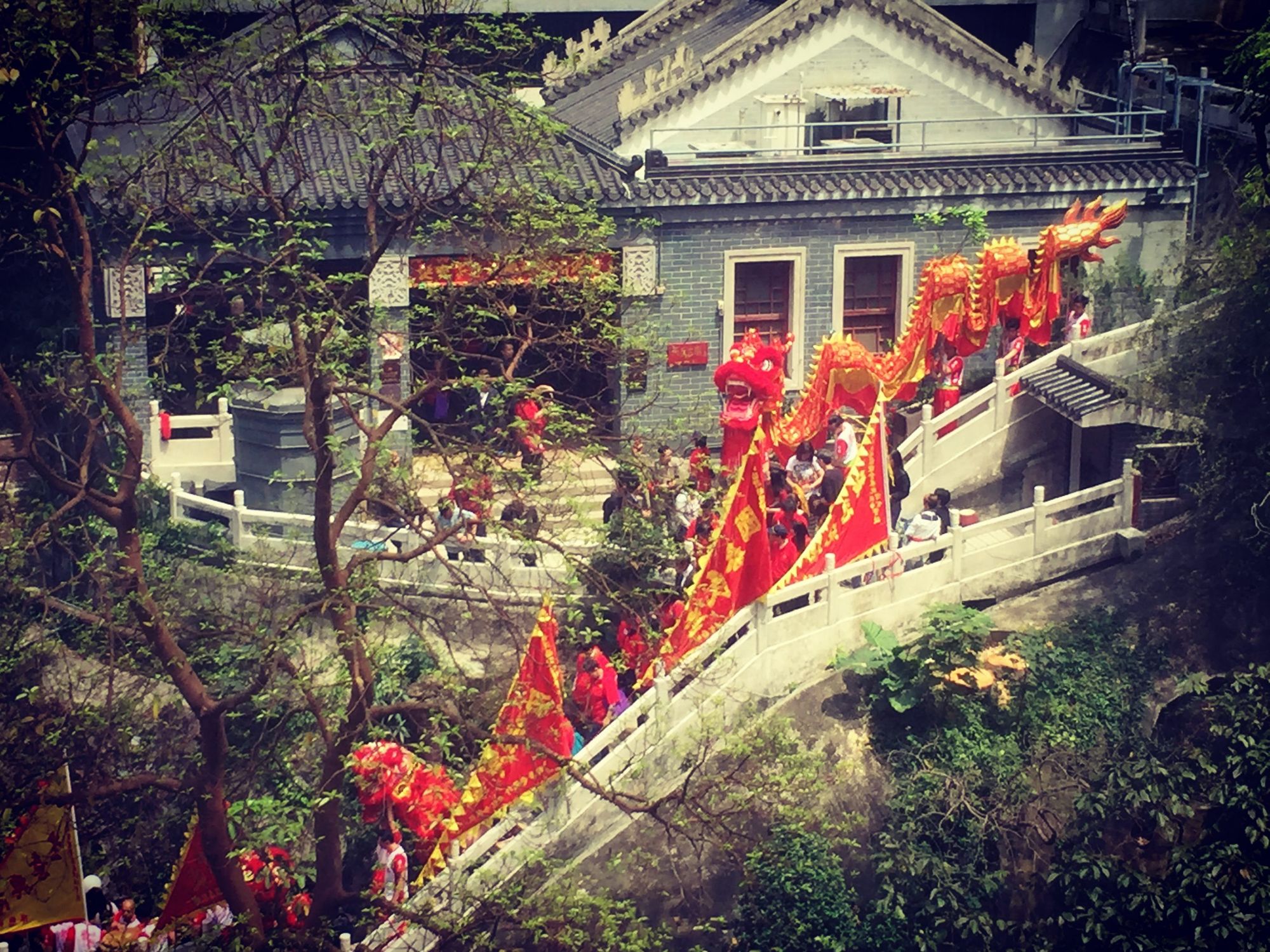
Who are the team members and what projects are you currently working on?
We are now also turning our attention to China and at Guangzho Design Week in December we had the opportunity to make a big presentation, which will probably be followed by a major collaboration this year. New York and Tokyo are always on the agenda and we are now involved in round table discussions in Hong Kong.
The team works on a project basis. The permanent member is Fruzsina Takáts, with whom we started working together in Hong Kong and have carried out all exhibitions together since then. She is a fantastic talent and has become an integral part of the team. The other members of the group vary from country to country. In New York, the team meets once a year for the exhibition and in Tokyo, there is a colleague who manages the local logistics. This model of operation has proven itself during the Covid period and, as I have not been able to attend the last two years’ exhibitions in person due to travel restrictions, it has been a huge advantage to be able to rely on the local team.

Does Budapest have what it takes to become a 15-minute city?—Tools for creating a liveable city
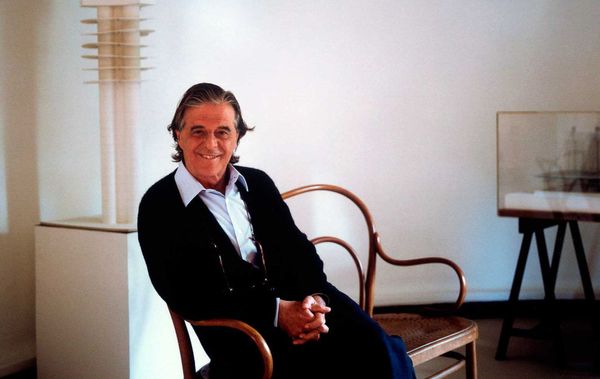
Spanish architect Ricardo Bofill has passed away
